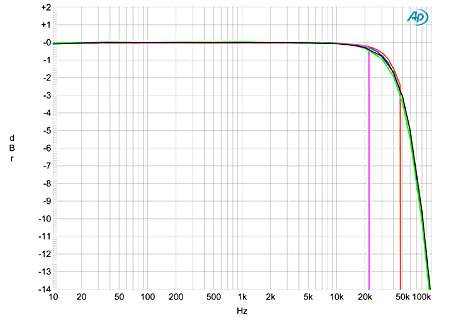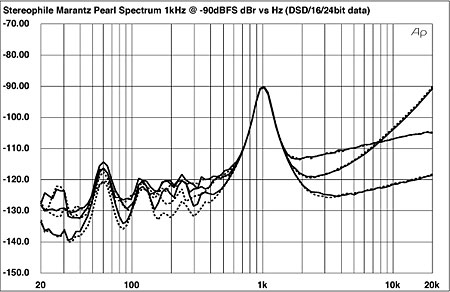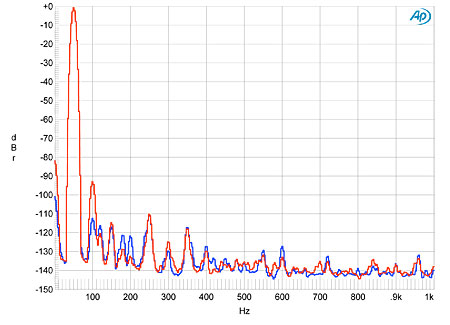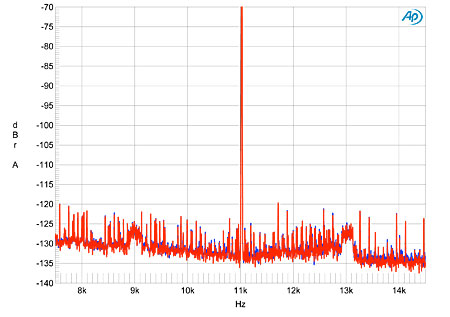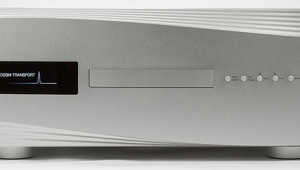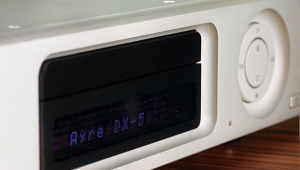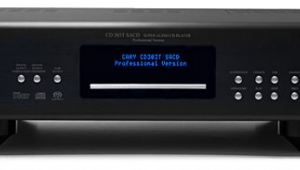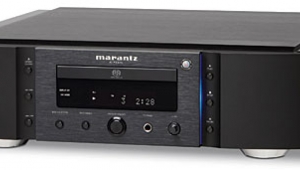| Columns Retired Columns & Blogs |
Hey Mike...WTF!
I am seriously considering buying one of these players on the used market and I was getting all warm and fuzzy reading the lavish praise you were giving it, right up to the point were you compared it to some straspherically overpriced players. No one considering a player at this price point, does not believe that a super priced player SHOULD (emphasis on should) sound better. Do you really think that I have not been looking at other players at or around the Marantz's price and agonizing over which to buy? Let's see if there is a Stereophile review says I and that may get me off the fence. NOT "Providing a service to the reader" which has been emphasised by the powers that be of this rag...hardly!!!!!!!
Steve
